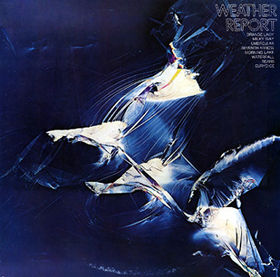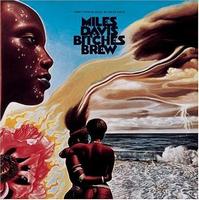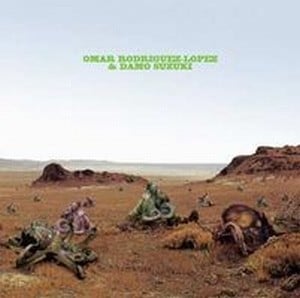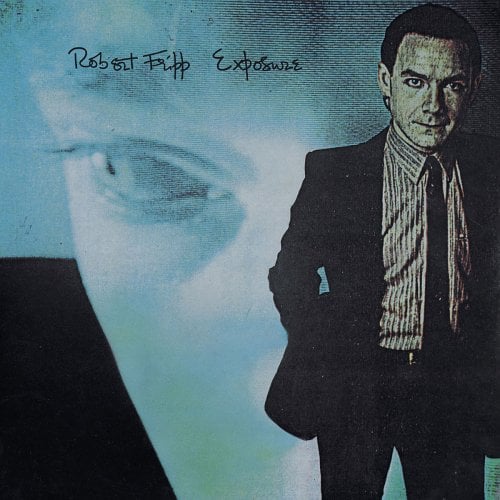
SAFE AS MILK
Captain Beefheart
RIO/Avant-Prog
Don Van Vliet or pseudonym "Captain Beefheart" has created the most original music I think I've ever heard.His signature sound includes a combination of Rhythm & blues,psychedelia,avant garde,free jazz & spoken word.Certainly not genres for easy listening.You'll either instantly become a fan of his or have a nervous breakdown.Fortunately I become a fan of his.
As a youth he was a good friend of Frank Zappa's who shared a common interested in Rhythm & blues.He also became a promising painter & sculpturer and was offered an art scholarship in Europe which he never perused ....eventually resulting in the creation of Captain Beefheart & His Magic Band.And Like most western bands in the mid sixties rock bands were influenced heavily by blues music & rockn'roll.Bands such as Deep Purple,The rolling Stones,Jimi Hendrix,Led Zeppelin,Cream even Jethro Tull had their débuts soaked in blues,soon to be moulded into something much more their own.
Vliet was much the same,he shared the same passion for blues but veered into a different direction
The album still maintains the blues influence dominantly throughout the record.Vliet's graspy vocals and blues harmonica is very reminiscent of Howlin Wolf of whom was a large influence to Vliet.Also helping to maintain the blues,blues specialist Ry Cooder really puts his signature slide style over the album and even feature's a guest appearance of Taj Mahal on tambourine on "Yellow Brick Road".The opening track "Sure 'nuff Yes I do" shares the same "blue"prints (pun intended)of popular delta standard "Rollin and Tumblin" but gains it's own characteristics with interesting rhythms & Cooder's psychedelic slide.
Songs such as "Zig Zag Wanderer" & "Drop Out Boogie"also resemble much of the same arrangements and grooves of classic Rnb bands of the time.But on these occasions Beefheart's obscure lyrics & interesting instrumental breaks,you'll soon notice they distance themselves from that scene all together.The experimental tendencies stand out far more on such songs as "Electricity"which features dissonant vocals and theremin and "Grown So Ugly" with irregular drum patterns & irregular blues licks,both only to be met by their catchy chorus's.
This album tends to be my most played Beefheart album and is certainly one of my favourites amongst a few others.but I wouldn't necessarily associate this sound with him as for future releases,he would soon venture to the more abstract.If there's such a thing as commercial Captain Beefheart this certainly would be it.Definitely an important album for prog & classic rock fans but don't be suprised if knowone believes you that's it's Captain Beefheart.
Studio Album, released in 1967
Songs / Tracks Listing
1. Sure 'Nuff 'N Yes I Do
2. Zig Zag Wanderer
3. Call On Me
4. Dropout Boogie
5. I'm Glad
6. Electricity
7. Yellow Brick Road
8. Abba Zaba
9. Plastic Factory
10. Where There's Woman
11. Grown So Ugly
12. Autumn's Child
Bonus tracks on the 1999 remastered edition:
13. Safe As Milk (Take 5)
14. On Tomorrow
15. Big Black Baby Shoes
16. Flower Pot
17. Dirty Blue Gene
18. Trust Us (Take 9)
Line-up / Musicians
- Don Van Vliet / vocals
- Ry Cooder / guitar, bass (Abba Zaba solo)
- Doug Moon / guitar
- Alex Snouffer & St. Clair / guitar
- Jerry Handley / bass
- John French / drums
- Milt Holland / percussion, marimbas
- Sam Hoffman / theremin
- Taj Mahal / percusion






